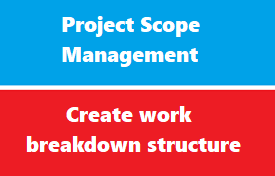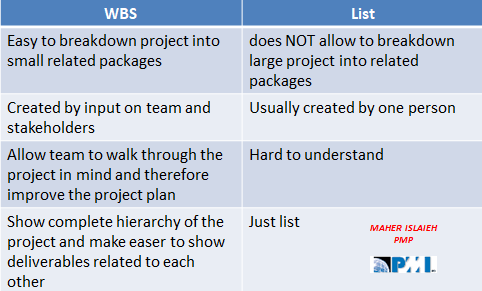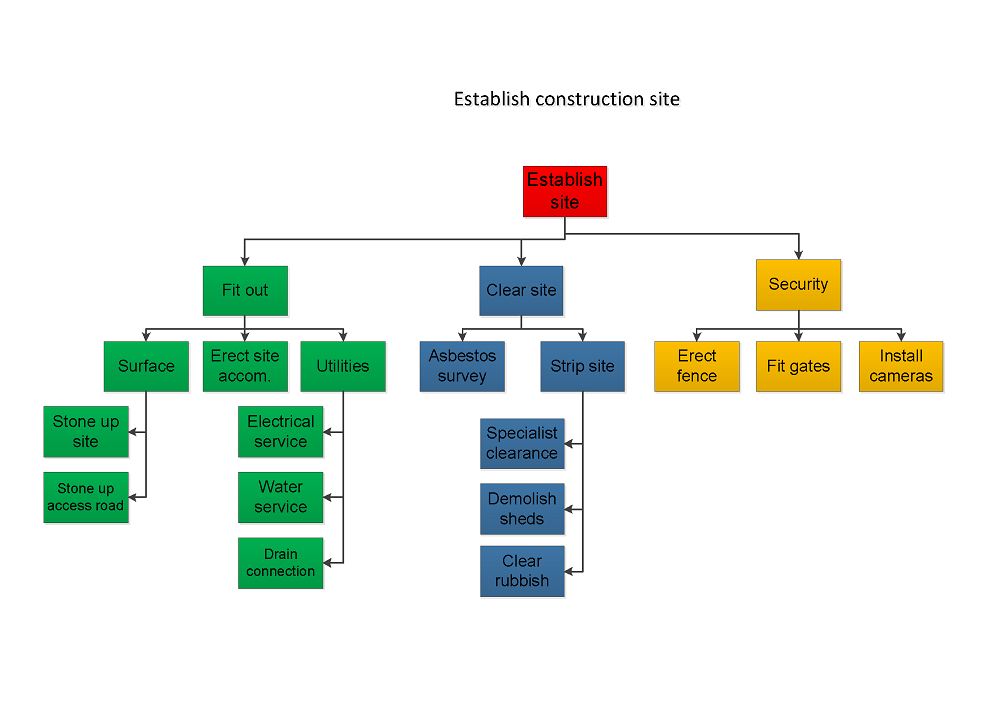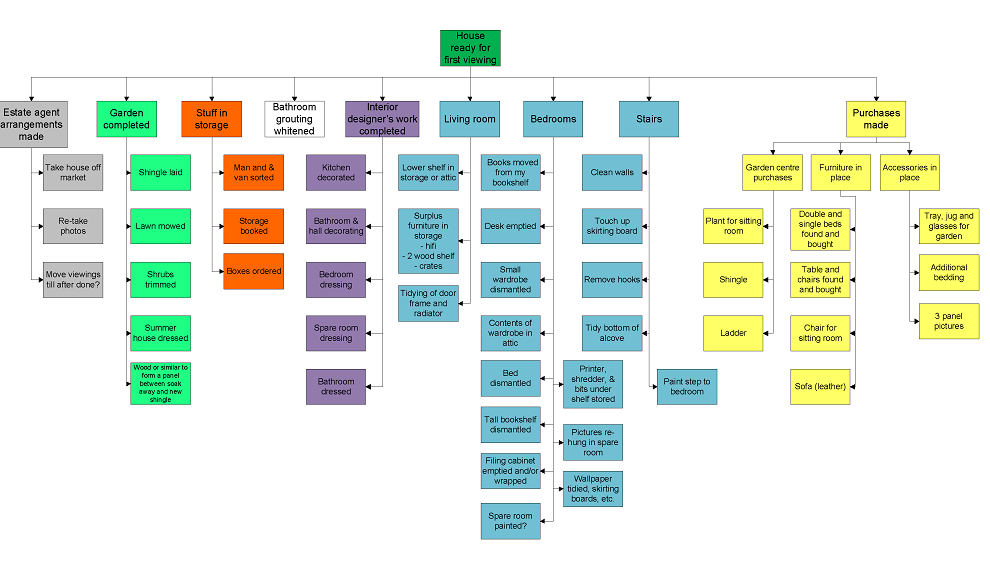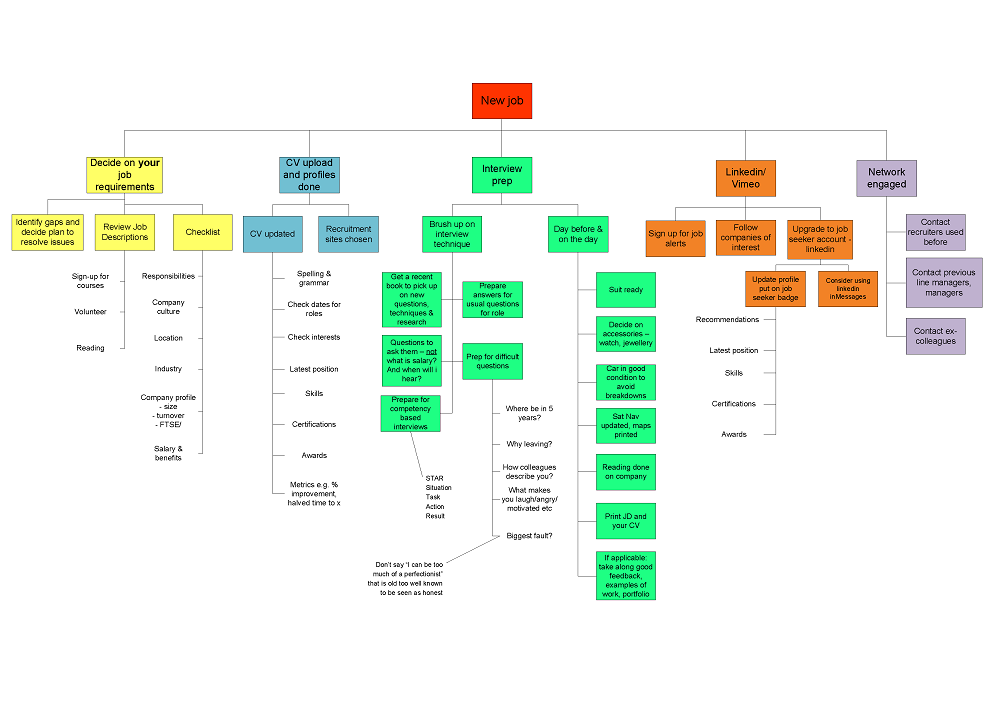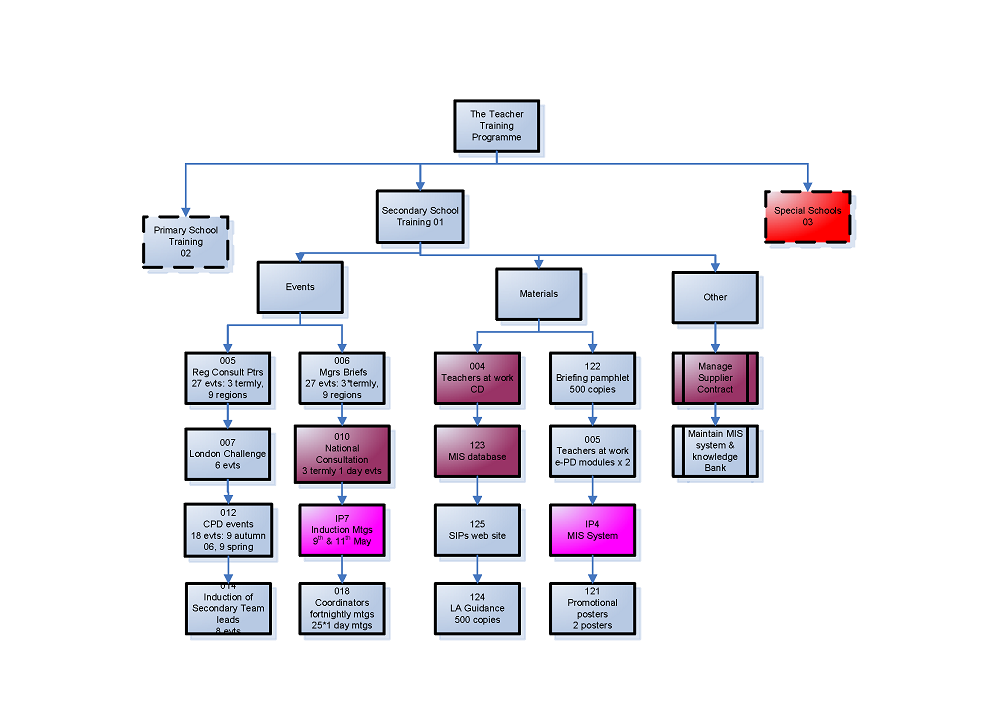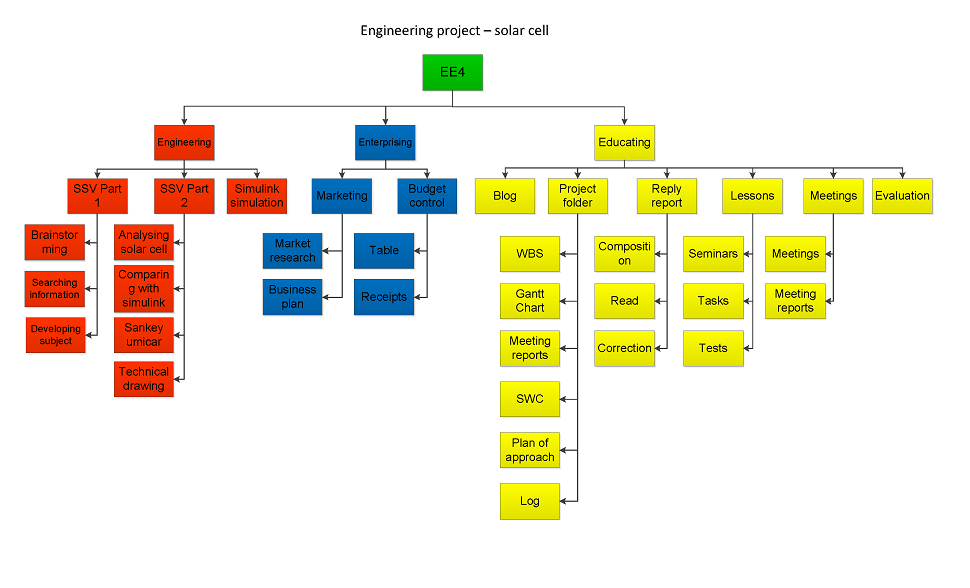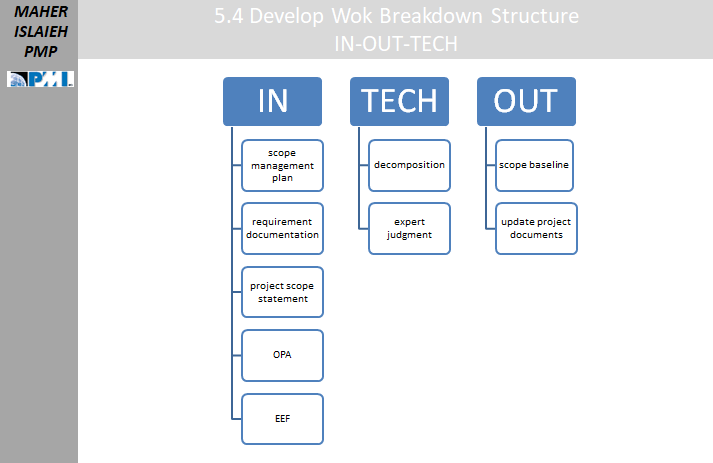introduction
project managers are more frequently finding high value in the creation of work breakdown structures (WBS) as they begin the process of project management. Project success may be attributed appropriately to the use of a WBS
this article we will discuss the forth process of scope management which is create WBS
create WBS
WBS – Work Breakdown Structure is the process of subdividing project deliverables and project work into smaller, more manageable components. The WBS organizes and defines the total scope of the project, and represents the work specified in the currently approved project scope statement
WBS Benefits
- prevent work from slipping
- Easy to control
- Help identify risks
- Help prevent unnecessary change
- Provide estimating basis of resources , cost , and duration
- Help people to get in their mind around the project
tools to create WBS
most powerful software for WBS is Primavera and Microsoft project as part of project management
here in networks pioneers we have 2 separate course teaching how to use MS project and Primavera
Create WBS: Inputs
Project Management Plan
The relevant component of the Project Management Plan namely, the Scope Management Plan, should spell out how to do all the other processes in he scope knowledge area, including this one, process 5.4 Create WBS.
Project Documents
The project documents used as inputs into this process are
Project Scope Statement–output of process 5.3 Define Scope
Requirements Documentation–output of process 5.2 Collect Requirements
Enterprise Environmental Factors
Industry-specific WBS standards–these are standards that are relevant to the nature of the project that may serve as external reference sources for creating the WBS,
Organizational Process Assets
- Policies, procedures, and templates for the WBS (usually maintained by the Project Management Office)
- Project files from previous projects (again, why re-invent the wheel?)
- Lessons learned from previous projects
output : Scope Baseline
the scope is like a series of blueprints for a building under construction that contain several layers of detail:
- the requirements, analogous to the structural elements of a building like the scaffolding of the building and its foundation,
- the major deliverables, analogous to the walls, ceiling and floors that connect the structural elements and give the building a shape,
- and the WBS which gives the minor deliverables all the way down to the work package elements, analogous to the furnishings, etc. that will go into the individual rooms.
The scope baseline includes the:
- Project scope statement–this contains a description of the project scope, the major deliverables, plus the assumptions and constraints that put a boundary around the scope (the analogous to the second level of detail of the scope listed above).
- WBS–this contains a breakdown of the total scope of work (the third level of detail of the scope listed above) into work packages that needs to be carried out in order to create the deliverables (the second level listed above) that fulfill, in turn, the requirements (the top level listed above) of the project. As mentioned in the last post on how to create the WBS, there may be some control accounts included in the WBS which are used to help keep track of a group of related work packages for the purpose of measuring the performance of that part of the project.
- WBS dictionary–for each element of the WBS dictionary, which describes the work that needs to be done, consider the WBS dictionary the “flip side” of that work package which contains information on the costs, schedule, resources and other information needed to do that work.
output : Project Documents Updates
Both the assumption log (output of process 4.1 Develop Project Charter) and the requirements documentation (output of process 5.2 Collect Requirements) may be updated with items created or elaborated upon as a result of the Create WBS process.
Now that the scope is complete, it needs to go to the planning process of the next knowledge are, that of schedule management, in order to be implemented. Now the scope is like a list of ingredients for a recipe, but a true recipe requires something else equally as important, if not more so: the list of instructions on how to put it together! That is where the process of creating the project schedule comes in, and that will be covered in the next series of posts on Schedule Management.
In the meanwhile, the next few posts will go on to cover the two processes in the next phase of processes for Scope Management, namely, 5.5 Validate Scope and 5.6 Control Scope. The next post will take up the inputs to the first of these two processes, 5.5 Validate Scope.
